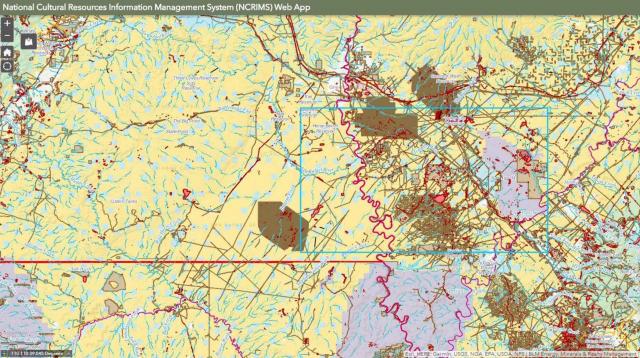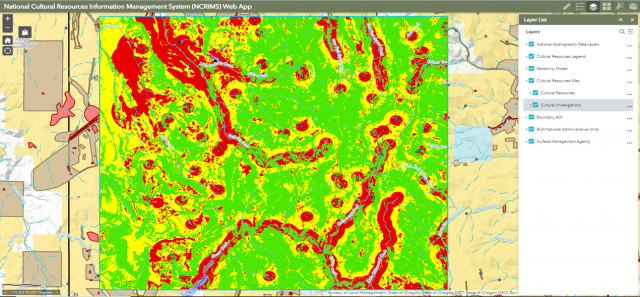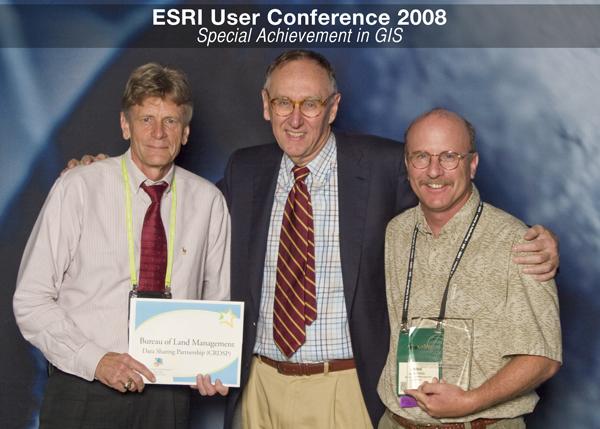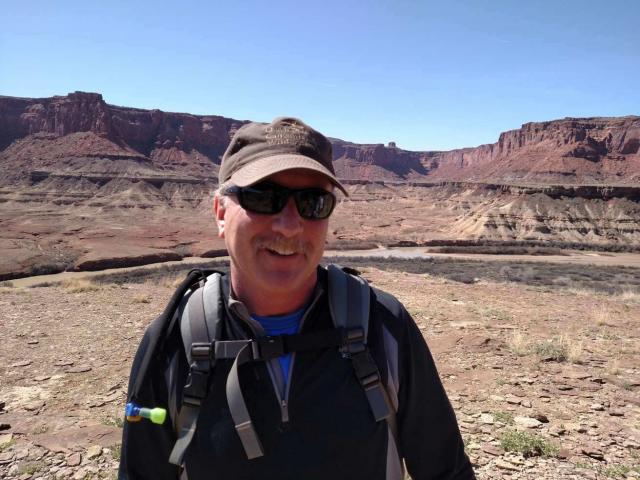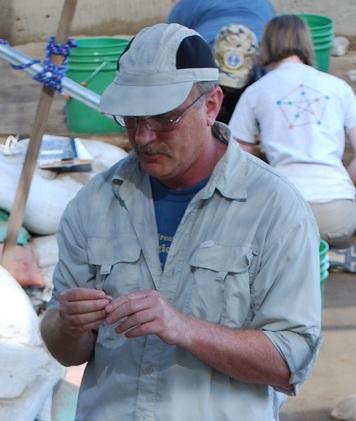Related Stories
- Using science to uncover mysteries of the Mesa archaeological site in Alaska
- Agua Fria National Monument: A desert oasis with a rich history and a vital present
- Virtual adventures await: Discover six BLM public lands you can tour from anywhere
- Troop 8 feels great about protecting public lands
- Prior wildfire mitigation aids in successful firefighting on the Lil Horse Fire

